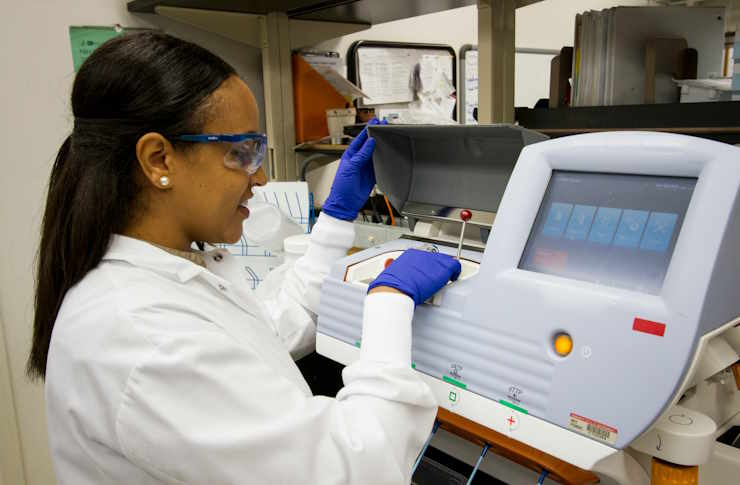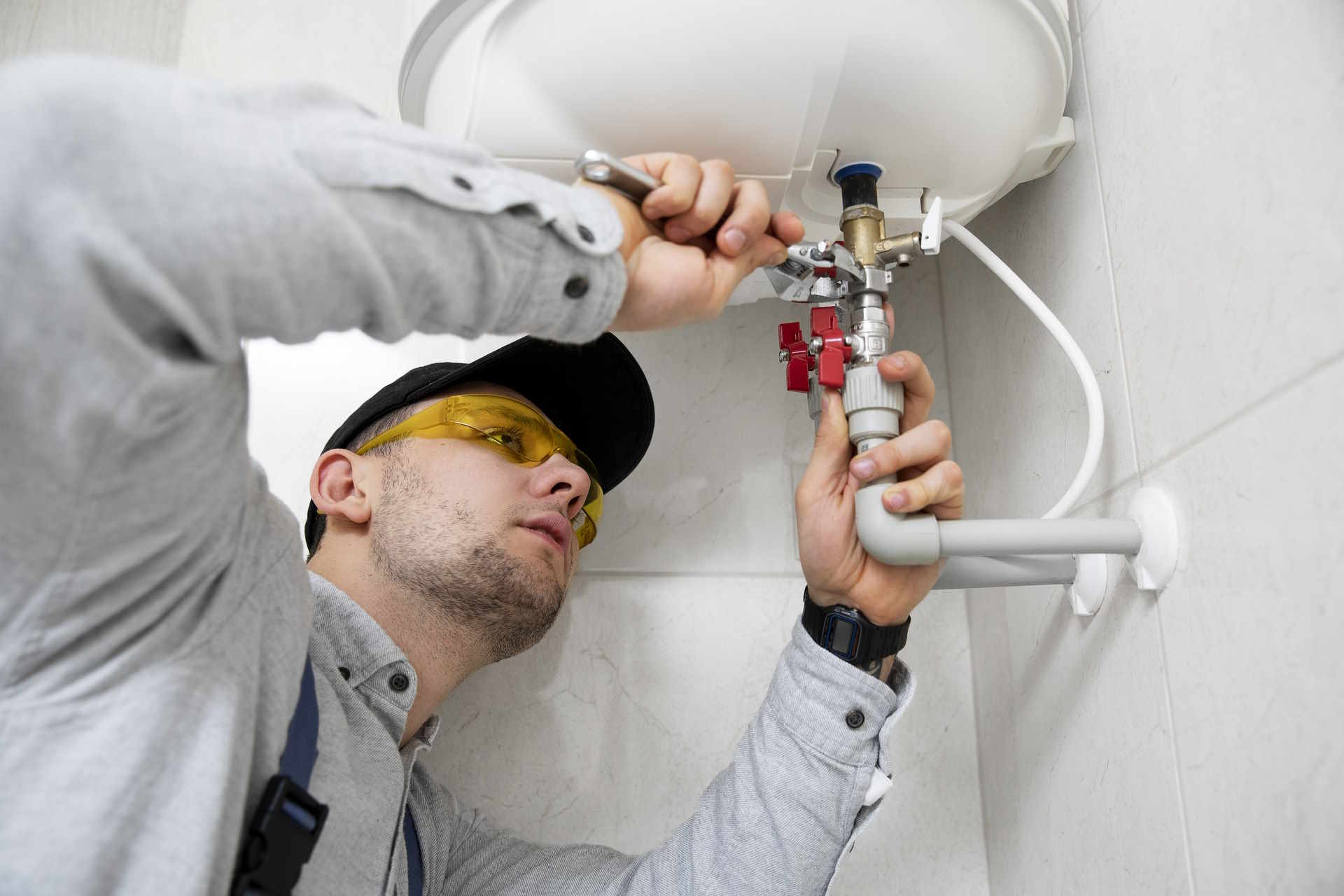Comprehensive Guide to Selecting Analytical Instruments
Selecting the right analytical instruments is crucial for achieving reliable and accurate results in various scientific fields. Whether for research, quality control, or product development, understanding the different types of analytical tools available can be overwhelming. This guide aims to simplify the selection process, providing insights into essential considerations.

Selecting analytical instruments represents a significant investment for laboratories, research facilities, and healthcare institutions. The decision-making process involves evaluating technical capabilities, understanding specific testing requirements, and assessing long-term operational costs. With numerous technologies available across spectroscopy, chromatography, microscopy, and molecular analysis, professionals must navigate complex specifications to identify solutions that align with their analytical goals.
Understanding Analytical Instruments
Analytical instruments are specialized devices designed to measure, identify, or quantify chemical, physical, or biological properties of substances. These tools range from basic pH meters and spectrophotometers to advanced mass spectrometers and nuclear magnetic resonance systems. Modern analytical equipment incorporates sophisticated detection methods, automated sample handling, and integrated data analysis software. Common categories include chromatography systems for separating complex mixtures, spectroscopic instruments for molecular identification, microscopy platforms for structural analysis, and electrochemical devices for measuring ionic concentrations. Understanding the fundamental principles behind each technology helps laboratories match instrument capabilities to specific analytical challenges. The choice between techniques depends on sample types, required sensitivity, throughput demands, and the nature of information needed from testing.
Defining the Purpose of Testing
Clearly establishing testing objectives forms the foundation of instrument selection. Laboratories must identify whether their primary needs involve qualitative identification, quantitative measurement, structural characterization, or compositional analysis. Research applications often require high-resolution instruments capable of detecting trace components, while routine quality control may prioritize speed and reproducibility over ultimate sensitivity. Clinical diagnostics demand instruments that meet regulatory standards and provide rapid turnaround times for patient samples. Environmental monitoring requires robust equipment capable of handling diverse sample matrices and detecting contaminants at regulated levels. Industrial quality assurance focuses on instruments that integrate seamlessly with production workflows and provide consistent results across batches. Defining sample throughput requirements, expected detection limits, and necessary analytical precision helps narrow instrument options. Additionally, considering future testing needs and potential method expansion ensures selected equipment remains relevant as laboratory requirements evolve.
Evaluating Instrument Types
Different analytical challenges require distinct instrumental approaches. Chromatography systems, including gas chromatography and liquid chromatography, excel at separating complex mixtures and quantifying individual components. Spectroscopic techniques such as ultraviolet-visible spectroscopy, infrared spectroscopy, and atomic absorption provide rapid molecular identification and concentration measurements. Mass spectrometry offers unparalleled sensitivity and specificity for identifying unknown compounds and confirming molecular structures. Microscopy platforms, from optical to electron microscopy, reveal structural details at various magnification levels. Electrochemical analyzers measure pH, conductivity, and ion concentrations in solutions. Thermal analysis instruments characterize material properties under temperature variations. Each technology presents distinct advantages regarding sample requirements, analysis time, operational complexity, and information provided. Laboratories should evaluate whether single-technique instruments meet their needs or if hyphenated systems combining multiple technologies offer better analytical power. Consideration of sample preparation requirements, consumable costs, and operator expertise needed for different instrument types influences practical usability.
Assessing Technical Specifications
Technical specifications determine instrument performance and suitability for intended applications. Sensitivity defines the minimum detectable amount of analyte, critical for trace analysis. Resolution indicates the ability to distinguish between closely related compounds or spectral features. Accuracy and precision specifications reveal how closely measurements match true values and how reproducible results remain across multiple analyses. Dynamic range describes the span between minimum and maximum measurable concentrations. Analysis speed affects sample throughput and operational efficiency. Automation capabilities influence labor requirements and reduce human error. Detector types, light sources, separation columns, and ionization methods represent key components affecting performance. Software capabilities for data acquisition, processing, and reporting impact workflow efficiency. Instrument footprint and utility requirements determine laboratory space and infrastructure needs. Evaluating these specifications against testing requirements helps identify instruments that deliver necessary performance without unnecessary complexity or cost.
Considering Operational Factors
Beyond technical performance, operational considerations significantly impact long-term instrument success. Maintenance requirements including calibration frequency, consumable replacement, and preventive service affect ongoing labor and costs. Operator training needs vary widely between simple benchtop instruments and complex analytical systems. Sample preparation demands, from minimal dilution to extensive extraction procedures, influence total analysis time and resource consumption. Data management systems must integrate with laboratory information management systems and comply with regulatory requirements for data integrity. Instrument reliability and manufacturer support quality determine uptime and problem resolution speed. Energy consumption and environmental controls affect operational costs and laboratory design. Upgrade pathways and modular designs provide flexibility for expanding capabilities as needs change. Evaluating total cost of ownership, including purchase price, consumables, maintenance contracts, and operator time, provides realistic budget projections.
Comparing Providers and Solutions
The analytical instrument market includes established manufacturers and specialized providers offering diverse solutions. Major suppliers like Thermo Fisher Scientific, Agilent Technologies, Waters Corporation, Shimadzu, and PerkinElmer offer comprehensive product lines across multiple analytical techniques. Specialized manufacturers focus on specific technologies, often providing advanced capabilities in niche applications. When comparing providers, laboratories should evaluate instrument performance specifications, software ecosystems, service network availability, and application support quality. Demonstration units and trial periods allow hands-on evaluation with actual samples. Customer references from similar applications provide insights into real-world performance and support experiences. Warranty terms, service contract options, and parts availability affect long-term ownership costs. Training programs and technical support responsiveness influence successful implementation and ongoing productivity.
| Provider | Instrument Category | Key Features |
|---|---|---|
| Thermo Fisher Scientific | Mass Spectrometry, Chromatography, Spectroscopy | Comprehensive portfolio, global support network, integrated software platforms |
| Agilent Technologies | Chromatography, Mass Spectrometry, Molecular Spectroscopy | High-performance systems, automation solutions, extensive application libraries |
| Waters Corporation | Liquid Chromatography, Mass Spectrometry | UPLC technology, pharmaceutical focus, regulatory compliance tools |
| Shimadzu | Spectroscopy, Chromatography, Material Testing | Reliable performance, competitive pricing, diverse analytical solutions |
| PerkinElmer | Spectroscopy, Thermal Analysis, Imaging | Life sciences focus, environmental applications, multi-technique platforms |
Making the Final Decision
Successful instrument selection requires balancing technical performance, operational practicality, and budget constraints. Creating a detailed requirements document that specifies analytical needs, sample types, throughput expectations, and regulatory requirements provides a framework for evaluation. Engaging stakeholders including laboratory managers, operators, and quality assurance personnel ensures selected instruments meet diverse needs. Requesting detailed quotations that include installation, training, service contracts, and consumable costs enables accurate budget planning. Pilot studies or demonstration projects with leading candidates provide confidence in performance claims. Considering instrument lifecycle, including expected useful life and technology obsolescence risks, informs long-term planning. Ultimately, the best analytical instrument aligns technical capabilities with specific laboratory requirements while fitting within operational and financial constraints, enabling reliable, efficient testing that supports organizational goals.




